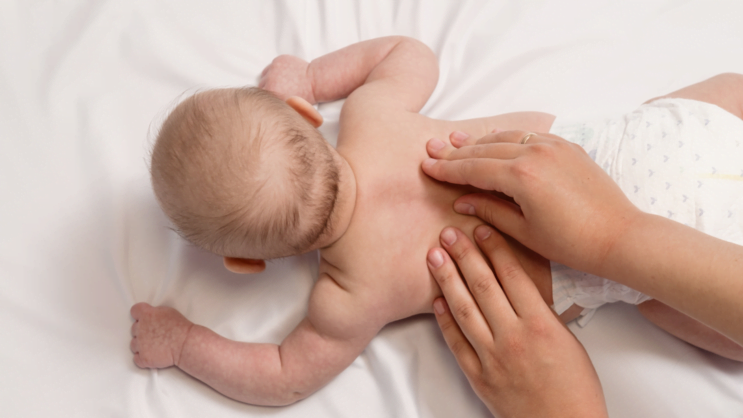I believe the bonding process is an invisible connection, a bridge that links what we see with what we cannot perceive. It’s a synchronicity between beings, constructed and mutually influenced by those involved, in how they relate to each other and then how they interact with others.
Some say the bonding process begins when the baby is in the womb, while others say it’s a brief moment that occurs after birth. I like to think it’s a process that starts even before conception, in the desire for the arrival of that child, when we imagine them, when we wish for them.
This process transcends blood ties. Thanks to new studies, we know that many children can establish positive bonds with adoptive parents, for example. It also goes beyond breastfeeding or co-sleeping. Recent research indicates that beyond breastfeeding (for example, consider Harry Harlow’s studies on monkeys) or bed-sharing, what matters most is the quality of care, the affection, and the loving touch the child receives.
Above all, the bond needs to be nurtured every day. In this sense, it’s like tending to a plant. The bond doesn’t grow and mature to the point where it no longer needs watering; it needs to be nurtured daily. If we talk about the sensitive period in a child’s life, yes, perhaps in the child’s first year, care requires more energy because the child is small and cannot express their needs verbally.
It’s during this sensitive period that parents must be more attentive to non-verbal cues. There are certain parental attitudes that can either promote or hinder the bond. When we think of examples that hinder the bond, physical abuse is undoubtedly the most obvious. But there are also attitudes that are often accepted by society and yet cause terrible harm to the child and the bond with their caregiver. These include separating the child from the mother, rough handling, verbal violence toward the child, dismissing their requests with phrases like “shut up, stop crying.” Personally, I find attitudes like ignoring the child, letting them cry alone without comfort, threatening to leave if they don’t stop crying, to be the most painful.
That’s why it’s crucial to shower the child with love, for whoever is caring for them to hug them, offer caresses, lull them, in other words, for the caregivers to be attentive to the signals indicating the child’s needs and be emotionally available to meet them. Responding to the baby’s cries without anxiety, speaking softly, smiling at them, singing to them, holding them, hugging them, saying kind words, loving them profoundly without limitations—these are essential.
Understanding this process is vital to comprehend what can enhance the bond, and how massage is a valuable tool in this process. Massage creates a fabulous feedback loop between the caregiver and the baby; there are glances, complicity, and loving touches. It truly is a loving gift in the construction of a emotionally healthy relationship. My wish is for parents to know that it’s possible to create positive connections with their children, that the bond is built day by day.
I want to eliminate the idea of good or bad parents; they don’t exist. There are parents who know and parents who don’t, and often, the latter is because they don’t have access to information. Let’s not let guilt for what we provided in the past, for the moments that weren’t, creep in. I was there for a long time, feeling that I hadn’t been a certain way for my child or that I didn’t give them a particular experience. Today, I’m stepping out of that place and allowing myself to feel that I was the best I could be, I gave the best I could with the tools and knowledge I had at that time. I hope you can feel that way too. If you’re reading this, it’s because you’re someone who cares. You’ve taken the first step, and I congratulate you.


